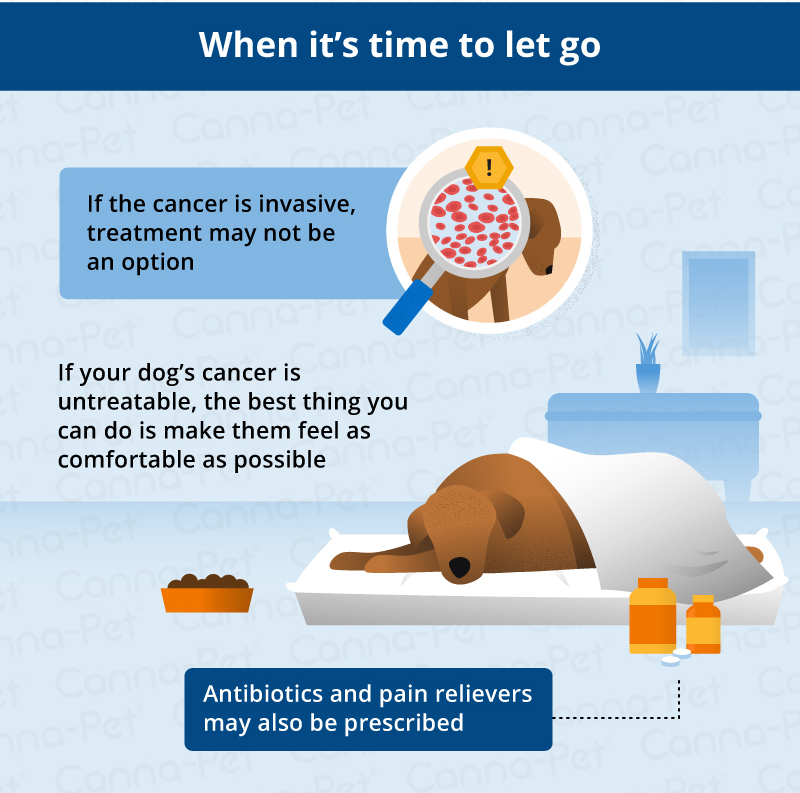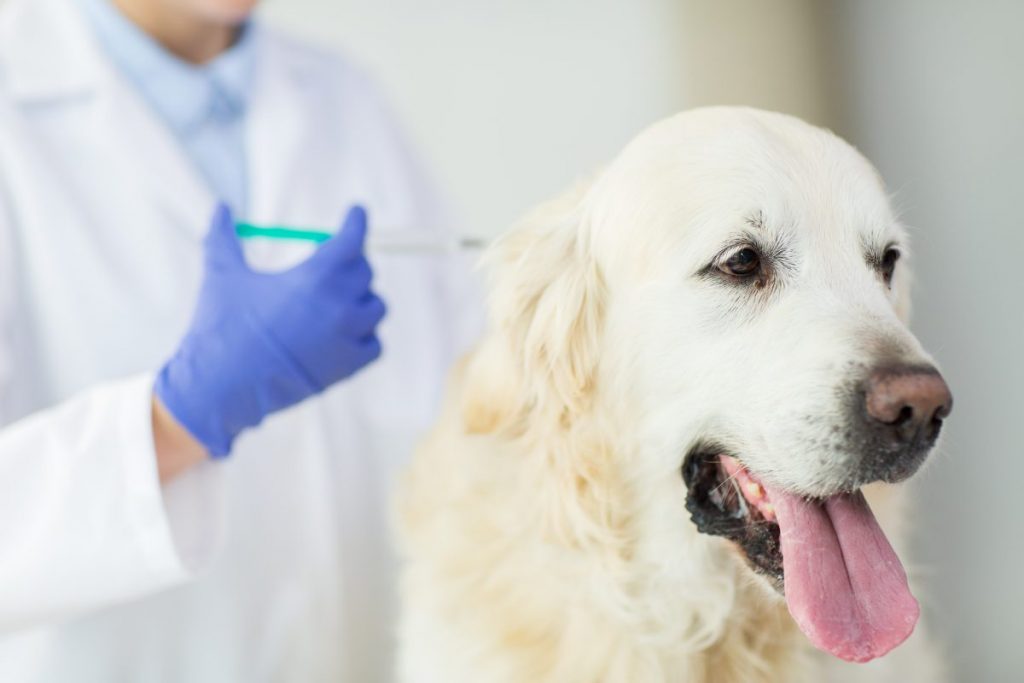It may surprise you that your dog can be afflicted by many of the same diseases that can torment you or a loved one. This can be anything from common colds to the big one that everyone is hesitant to mention – cancer. Just saying the word brings chills and thoughts of slowly wasting away as your body attacks itself. Therefore, discovering that your beloved furry companion has cancer is heartbreaking. However, recognizing the symptoms can help your pet get the treatment it needs to live a longer and happier life.
There are many types of cancer that can afflict your dog. In order to or catch it as early as possible there are several things you should understand and keep an eye out for. Below are the three most common types of dog cancer that should be on every senior dog owner’s radar.

Bone Cancer
Although this type of cancer can affect all dog breeds, it is most prevalent in larger breeds such as Rottweilers and Bernese Mountain dogs. Early-warning signs include noticing your dog moving more slowly than usual as well as increased fatigue. It is best to have a veterinarian check your dog for an accurate picture of his or her condition. Additionally, dogs that have suffered a blunt bone injury may be more susceptible to bone cancer.
The veterinarian performs several tests to diagnose your dog, including x-rays, blood tests, bone scans, and possibly a CAT scan. If it is bone cancer, it is important to know that complete recovery is often rare because the disease tends to spread rapidly. Treatment can include surgical amputation of the infected area or a combination of radiation and chemotherapy. However, even with intervention, only around 10% of dogs survive a year after surgery. Learn more about osteosarcoma in dogs lymphoma in dogs.
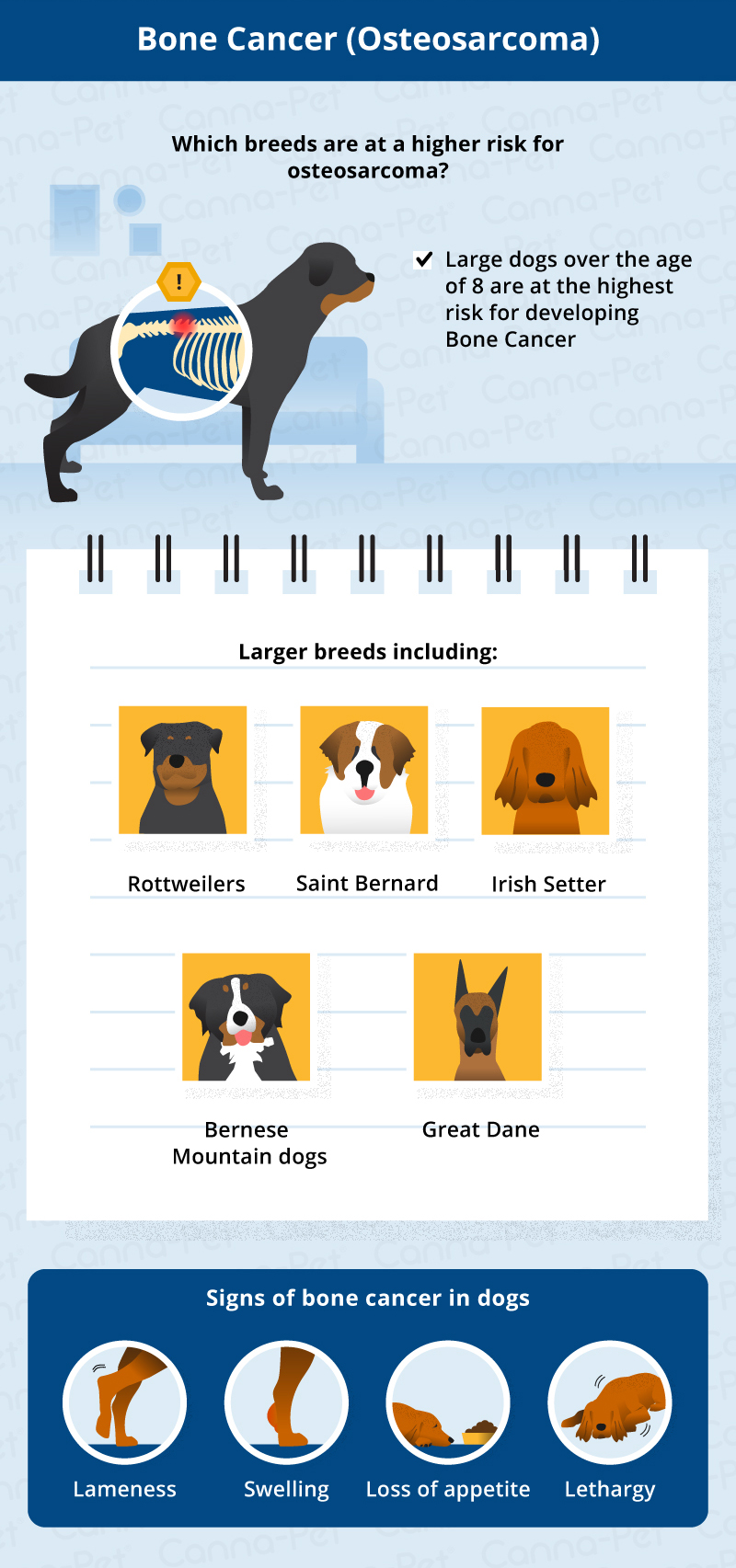
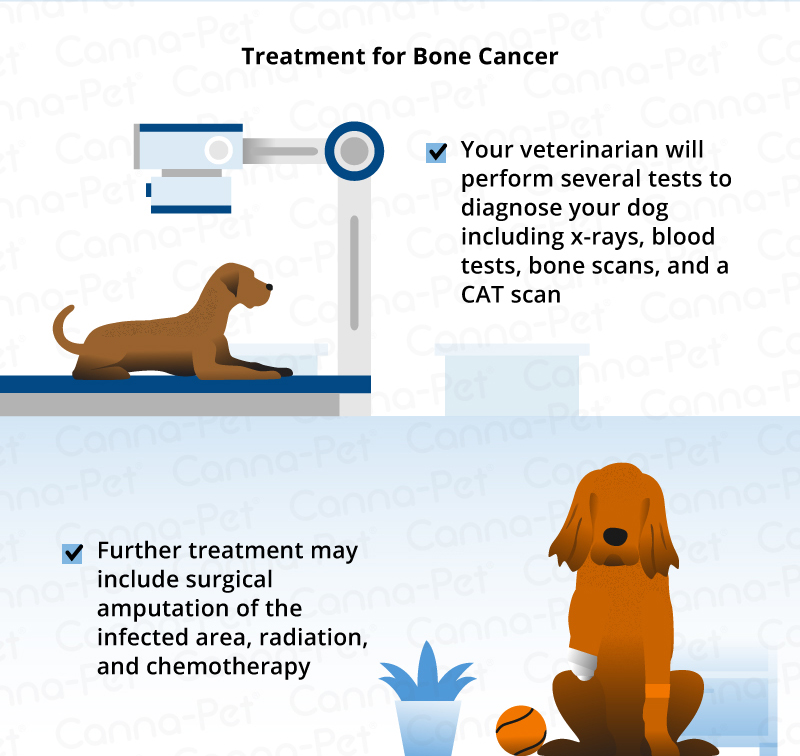
Skin Cancer
Before you head out for a day at the beach or a long hike, you may slather on some sunscreen to protect from too much UV exposure. Fortunately, most dogs have a thick fur coat protecting them from the sun’s rays. However, just like people, dogs can be affected by malignant melanoma, and just like people, there are early-warning signs that your companion can be suffering from skin cancer. Unfortunately, dogs are actually 35X more likely to get skin cancer than humans. Luckily, if caught early, many cases of dog skin cancer can be successfully treated.
The areas most affected by dog skin cancer are those not covered by hair, such as the nose, ears, mouth, and belly. You should check for firm masses on your dog’s chest, mouth, and legs. Additionally, you should check your dog for small black spots or lumps. They can come in a variety of shapes and occur in areas with or without hair. Other warning signs include a loss of appetite, diarrhea that is dark or black, and difficulty breathing. Moreover, your dog may be obsessively licking a certain area.
If you recognize any of these issues, schedule a vet appointment for your furry loved one. Fortunately, most skin cancers can be successfully treated with fine-needle aspiration, biopsy, or removal of the cancerous cells. If the tumor has spread to other tissues, more invasive interventions such as radiation and chemotherapy may be necessary. For more information on skin cancer in dogs, refer to this helpful guide.
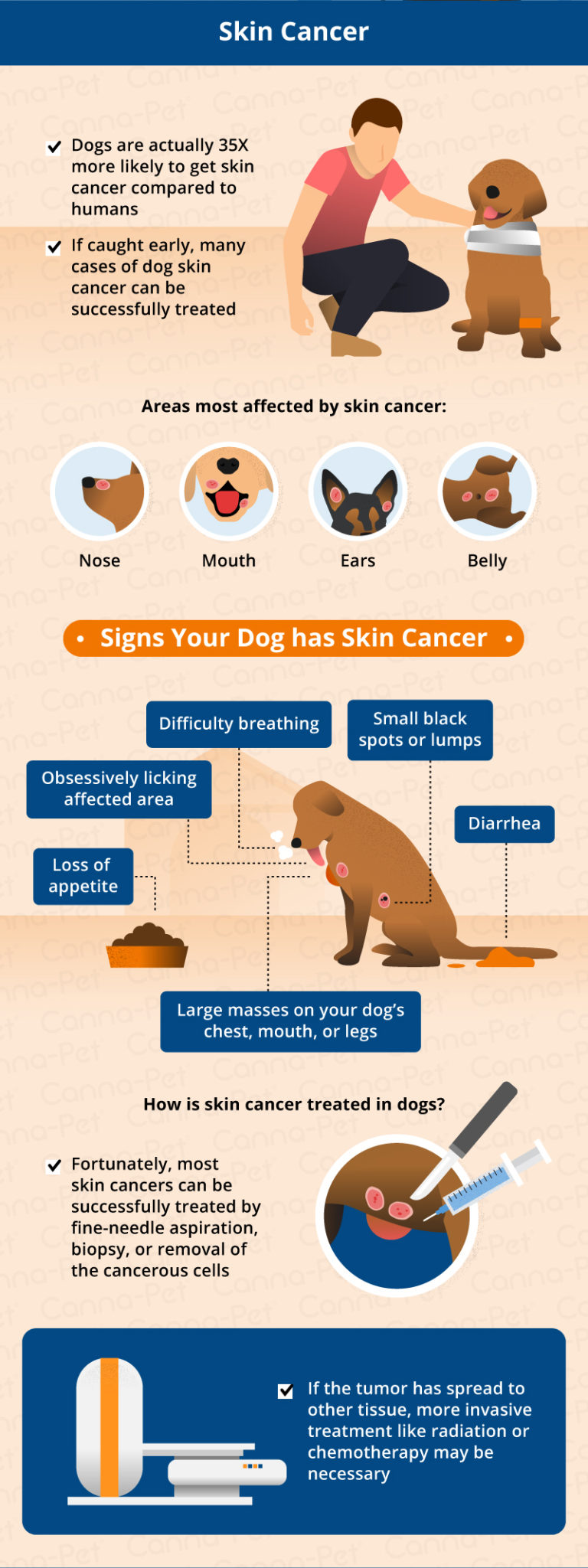
Malignant Lymphoma
While certain breeds are more susceptible to particular cancers, lymphoma doesn’t specify. This is the most common form of cancer and is found in all dog breeds. Lymphoma accounts for 10-20% of all cancers in dogs. Nevertheless, some breeds, such as golden retrievers and Scottish terriers, have a higher than average risk to develop lymphoma. Lymphoma affects a dog’s lymphoid tissues, such as lymph nodes, spleen, and bone marrow. However, lymphoma can affect any of your dog’s body tissue.
While the symptoms for malignant lymphoma may not be as obvious as the symptoms of other cancers, there are warning signs. You should be concerned if your dog shows a loss of appetite, seems lethargic, or has noticeable and rapid weight loss. You may note swollen glands that can be seen or felt around your dog’s neck or behind the knee.
Your veterinarian will diagnose your dog through a biopsy to remove a piece of the suspected gland. If your dog is infected, the most common course of treatment is chemotherapy. Although this intervention can be long lasting (a 25-week protocol), if successful, most dogs’ lymphoma will go into remission. Surprisingly, dogs, unlike humans, tolerate chemotherapy well. Learn more about lymphoma in dogs here.
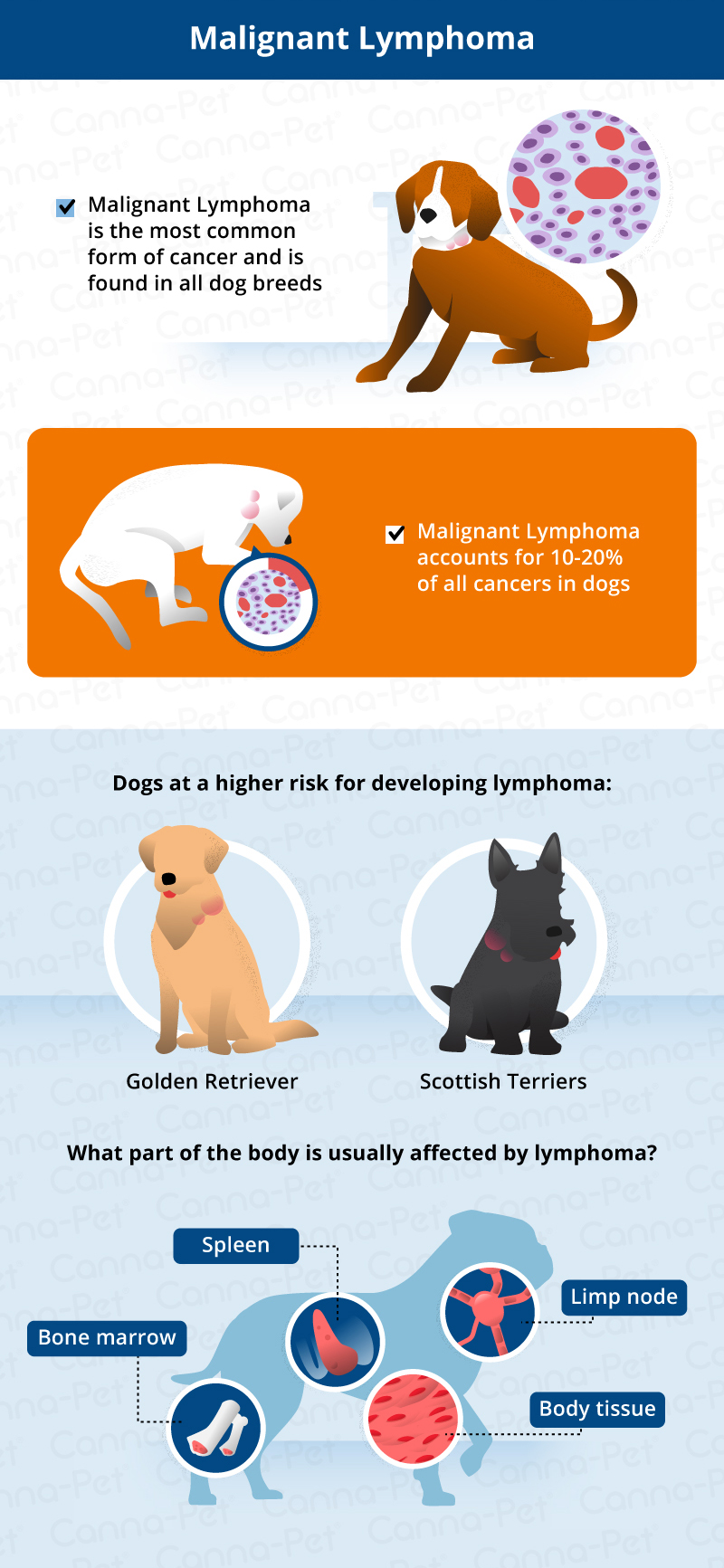
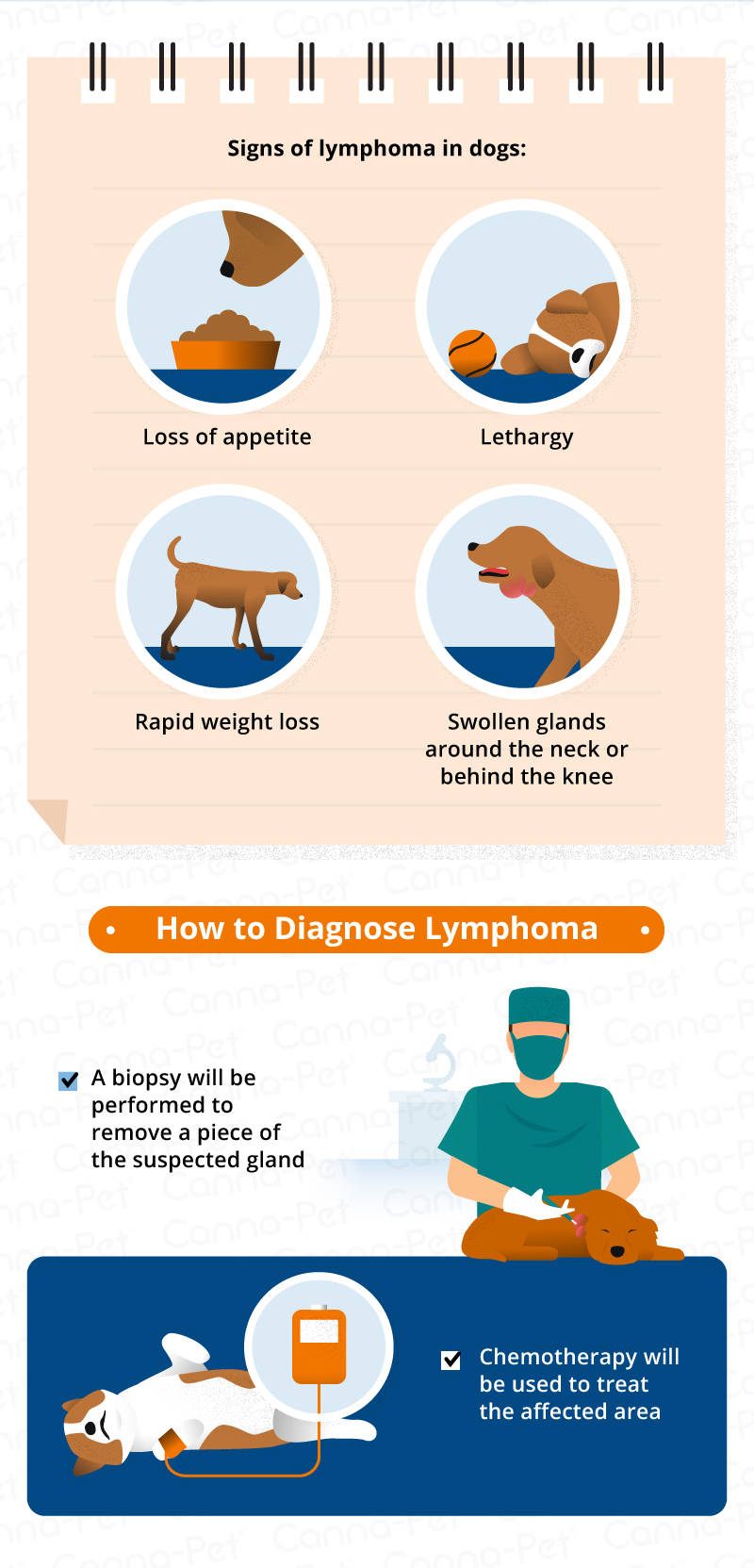
When it’s time to let go
As difficult as realizing that your dog has cancer, it can be even harder to decide that the best option is sometimes letting them die peacefully. The cancer may be so invasive that interventions are not an option, or may not prolong your dog’s life. If you have to come to this heart-wrenching decision, it is best to ensure that your pet’s last days are happy and comfortable. Treatment includes prescribed antibiotics or pain management remedies. Complementary therapies from a trained professional such as acupuncture, hemp for dogs, or other homeopathic options can alleviate your pet’s pain.
When sorting through your pet’s option, you may decide that euthanasia is the best for your dog. Although this decision can be devastating for you and your family, it may be the most humane option.
